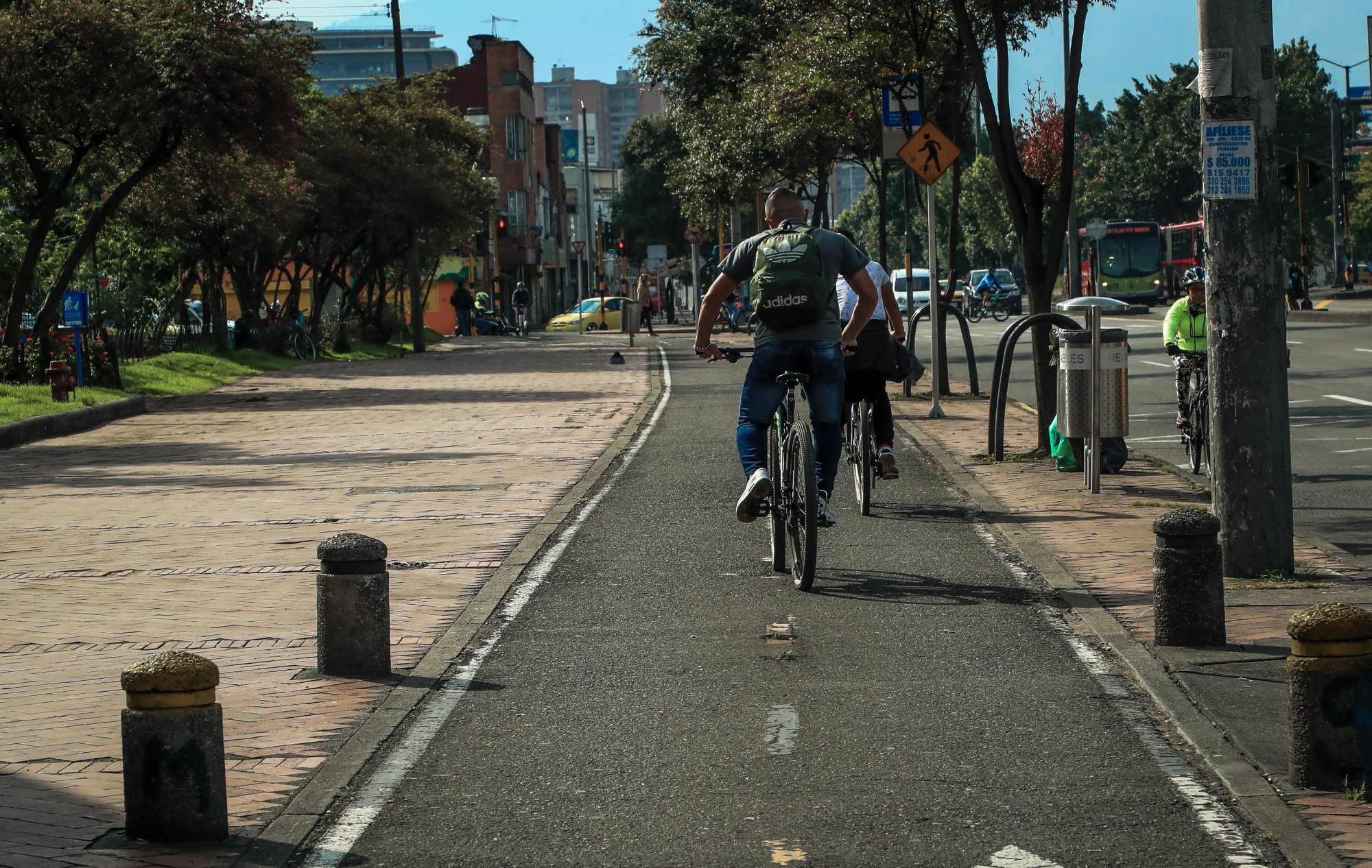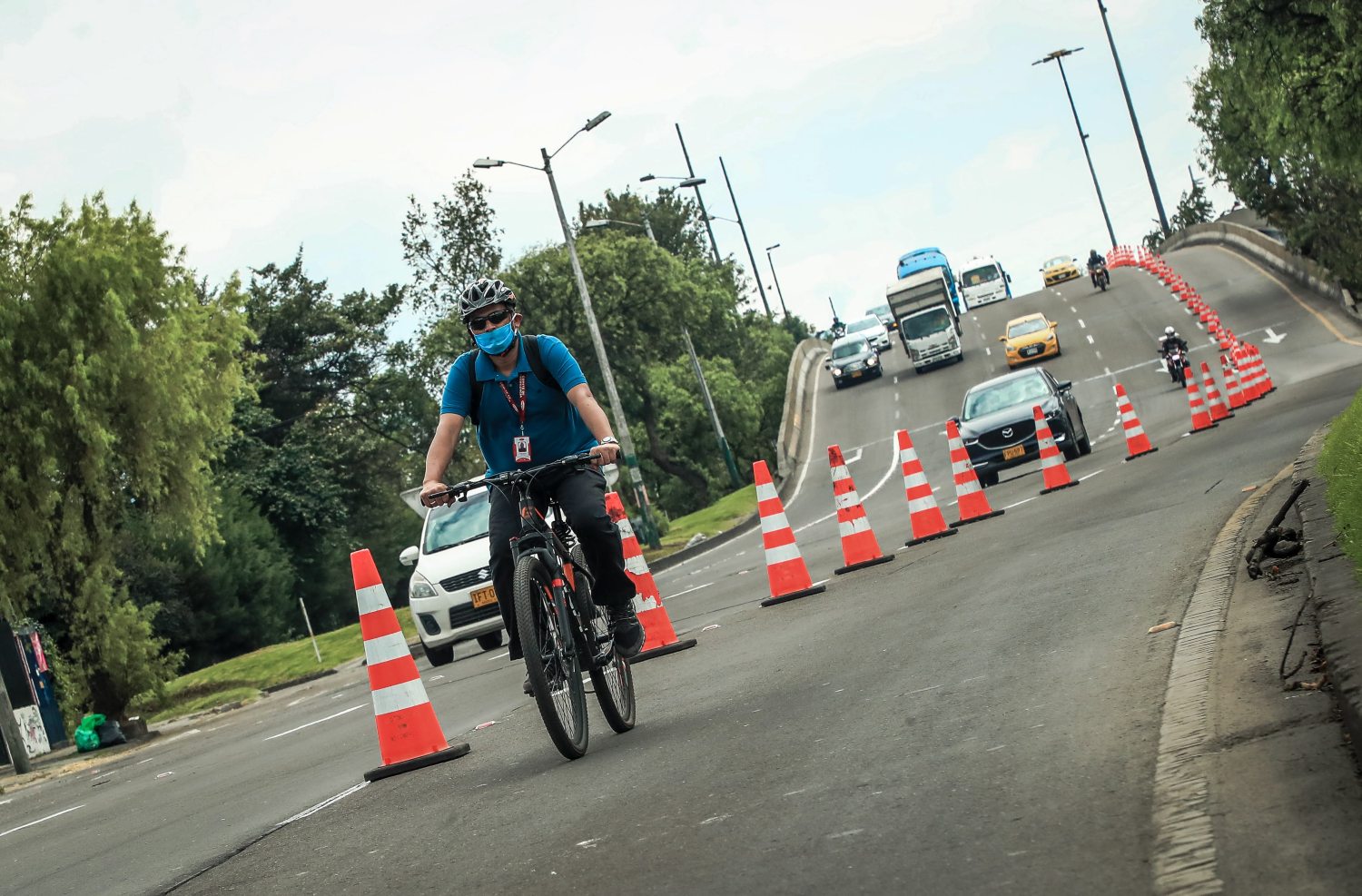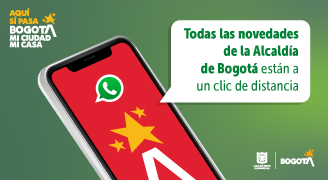The bicycle is a XIXth century invention that evolved to become one of the most popular transportation methods in contemporary times. It is widely used around the world as a practical, cheap and healthy alternative to mobilize and to recreate within the city and in rural areas. In spite of its popularity, few local governments around the world have decided to integrate bicycle mobility as an essential part of their public transportation system.
The referents of this trend are European capitals cities like Amsterdam and Copenhagen that developed institutional and physical infrastructure to promote this alternative. Yet in Latin America, the outbreak of Covid-19 and the forewarning of other pandemics compelled Colombia´s capital to set in motion a plan to constitute bicycle mobility as a major branch of its transportation. Bogotá´s endeavor on bicycle is based in the idea that this media could appease contagion while guaranteeing urban transportation.

As a matter of fact, this alternative contributes to social distancing in a moment in which lockdowns and quarantines are being lifted. Bogotá has more than 7 million inhabitants and needs to avoid that its transportation system exceeds 25% demand; otherwise, it will become a major source of contagion. In that sense the city began the extension of its 500km bicycle network with 7 new roads to sum up 580 km. With this infrastructure the city will have the world´s largest bicycle artery.
See also: A social and environmental contract for the post Covid-19 era
At the same time, the mayor´s office directed budget of its District Development Plan to campaign the promotion of bicycle transportation. Therefore, the program ´Biking to Work´ is training citizens in mobility strategies and providing biking resources. A similar initiative is being adopted for children and teenagers to promote cycling as a way to get to school. Furthermore, the local government asked construction companies and fabrics to fulfill a mobility protocol that will assure that 1/3 of their workers will bike to work. Bogotá`s aspiration is that progressively 50% of its travels are made through bicycle mobility.
In this sense, additional strategies are taking place like teaching programs for elderly and women (which is a population that fears using this transportation method), and the organization of citizen-led Cycling Committees. These councils will give proposals and feedback to the mayor’s office while developing the policy.

Another approach of this bike plan is its incorporation to the city´s new multimodal transportation system. In that sense, its elevated railway and TransMilenio´s BRT system main stations, will be connected to bike lanes provided with public bicycle sharing programs. Additionally, 5000 parking facilities will be built. This strategy is bolstering Bogotá`s transition towards green mobility and its goal to reduce air contamination. It also raised attention in Europe and was recently highlighted by the World Economic Forum.
In conclusion, the city is aiming to consolidate an alternative transportation system as a tool of public health. This aspiration is ambitious and innovative in moments in which policy makers are struggling countering the social and economic effects of an overwhelming pandemic.







